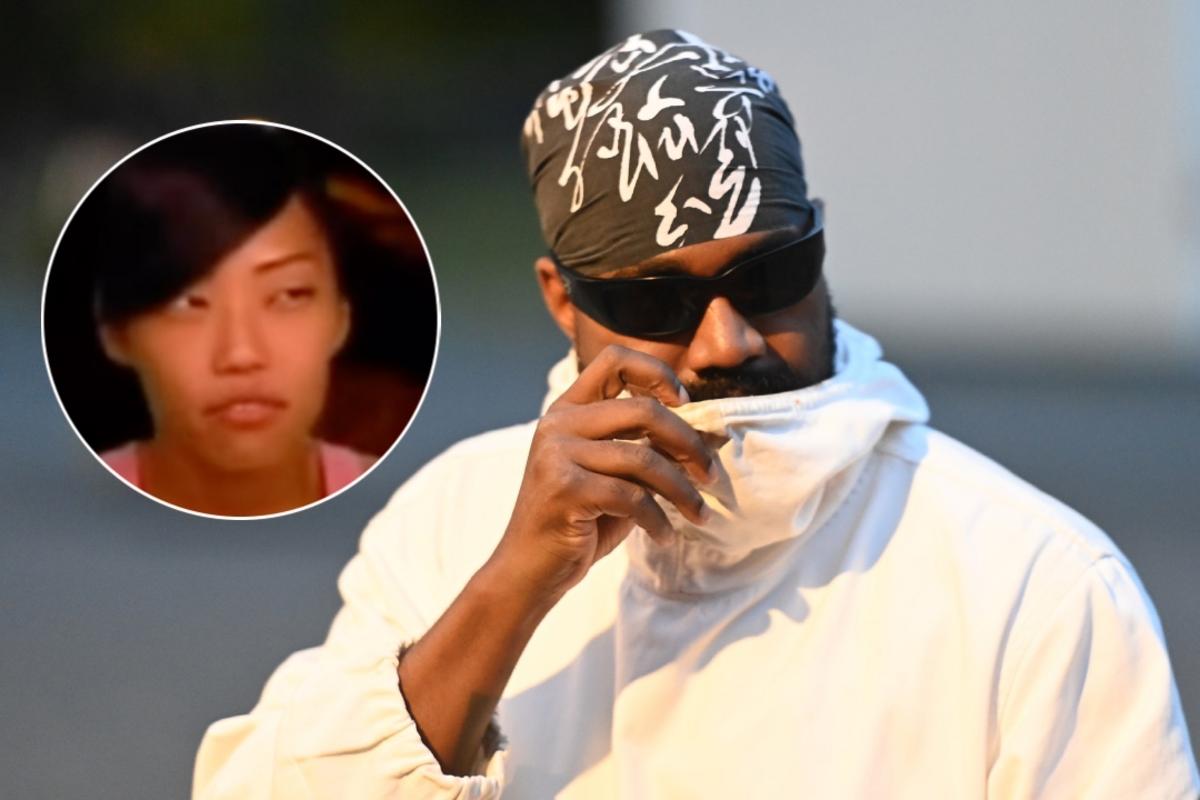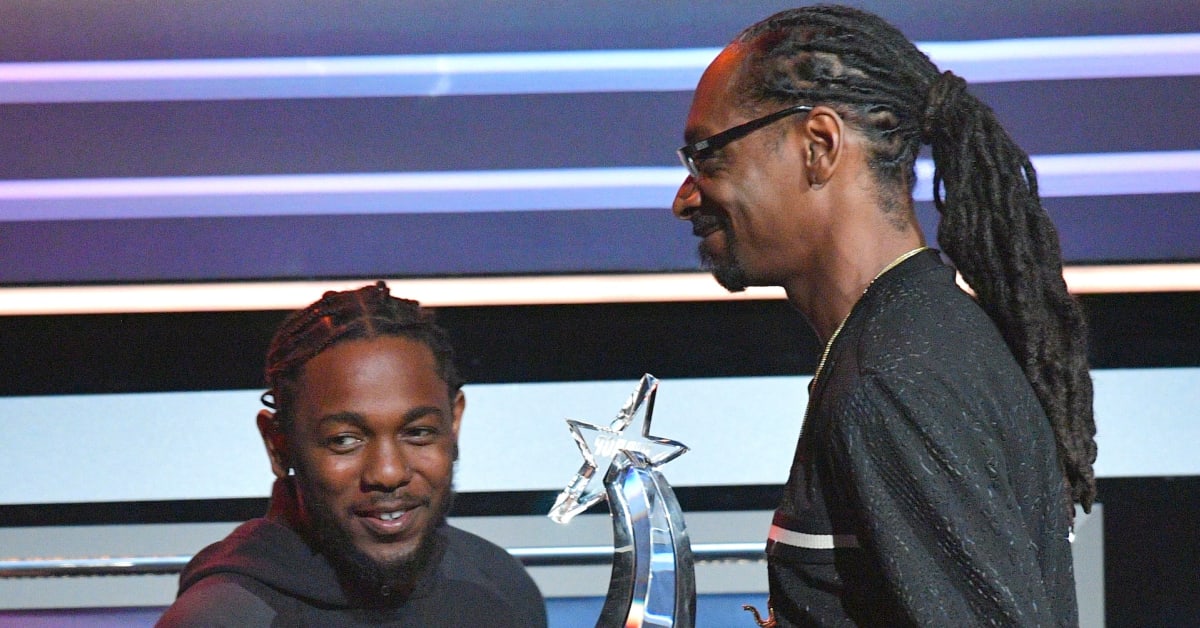Venerable Japanese actor Hiroyuki Sanada‘s victory tour for Shogun has continued all the way to Toruń, Poland. The Emmy-winning star of Disney and FX’s smash-hit samurai series received the Camerimage Film Festival’s inaugural award for best television series performance earlier this week.
The Polish specialty festival, an industry favorite, has long been known for its focus on the art of cinematography, but in recent years, it has expanded its remit to honor other aspects of moving-image creation. Other industry heavyweights in attendance at the fest this year have included multi-Oscar winner Alfonso Cuarón, legendary director of photography Ed Lachman (the event’s lifetime achievement honoree) and actress Cate Blanchett, who is serving as the head of the competition jury.
The Hollywood Reporter caught up with Sanada at Camerimage for a brief chat at Toruń’s upscale Hotel Bulwar on the banks of the Vistula River.
How has your trip to Camerimage been so far?
This is my very first time in Poland. Before I came here, though, many filmmakers and directors of photography had told me about this festival over the years. So when they reached out to me to say that they wanted to give me this debut award, I was like, “Oh my goodness.” I immediately researched Toruń and saw that it’s a very beautiful place, so I thought, “What a great honor.” And here I am. Shogun is a story about translation and the fact that our performances have also crossed the borders here to Poland, it’s incredible to me.
You’ve spoken a lot about how Shogun was a dream culmination of your 50-year career in Hollywood and the Japanese film industry. Now that your dream has come true, what’s driving you? What do you do now?
Just keep going. As an actor, I keep following my instincts. I acted in Japan for 40 years and in Hollywood for 20, and I put all of that experience into Shogun. But as a producer, that was my very first project, so a new career has just begun for me. My next mission is to continue finding good projects and introduce more of our Japanese story and our talent and crews to the world. We built a bridge with Shogun, now the job is to make the bridge stronger and wider.

You’ve spoken a lot about how Tokugawa Ieyasu, the real historical figure that your character Lord Toranaga in Shogun is based on, has been a source of inspiration to you in life, even long before you got involved in this project. As the development and production of season two gets underway, are there aspects of his later life that you’re excited to dramatize in the show?
Well, the show is called Shogun, but we’ve yet to actually see him become the Shogun, right? So that’s something I think a lot of fans are excited to see. In Japan, so many movies and shows have portrayed the life of Ieyasu, but our show is a unique, lightly fictionalized version, so I’m excited to continue finding an original way to portray this character. They’re writing the first drafts of the scripts now, and I can’t wait to read them. We have a very talented team. But when we were making season one, everything we were doing was all new, bringing together Japanese and Hollywood cast and crew to make this hybrid show. Now that we have our processes and experience working together, I’m excited to see how much further we can take everything, to make an even greater result.
[Spoiler alert!] The first season of Shogun has made big stars of some of your collaborators. Anna Sawai, who plays Princess Mariko, is sure to be an in-demand talent now. Tadanobu Asano already had a fairly big profile inside and outside Japan, but his performance as Yabushige was a favorite and won him a lot of fans. Sadly though, both of their characters died in season one. Is there any hope for bringing them back to be a part of season two — via flashbacks or prequel sequences?
Yeah, it’s a shame, right? No Mariko, no Yabushige, no Hiromatsu. Those lovely characters are gone. The actor Tokuma Nishioka, who played Hiromatsu, said in an interview recently that he and Yabushige would be coming back as zombies. [Laughs.] I have no idea yet. But they very well could come back somehow. Who knows? Ghosts? Flashbacks? Another character’s dream?

The first season was shot in British Columbia. Do you hope to shoot some of the future episodes in Japan?
Well, we planned to shoot some of season one in Japan, but because of the pandemic, we gave up. Now we’re discussing shooting some part of season two there, if it’s possible. But we’re not sure what percentage. But shooting in Vancouver was great. It’s very hard to find a large-scale place in Japan without modern buildings in view. This is a big period drama, so it’s tough. I’m hoping we can do at least some in Japan though. We’re trying.
What kind of impact do you think Shogun‘s success has had on the Japanese entertainment industry?
Well, I’ve had a lot of Japanese filmmakers and actors reach out to say thank you for introducing our story and culture to the world in an authentic way. After the Emmys, I think there could be a bit of a samurai boom coming. I hope the show will help create a new generation of fans of samurai dramas and movies. I want this genre to continue. So I hope our younger Japanese actors or crew will have the support to learn how to tell authentic samurai stories. That’s my biggest hope.
In that vein, I wanted to ask if you could make a few recommendations for fans. The well of samurai film history in Japan is incredibly deep. Shogun fans have at least a year or two before season two can possibly be ready, so could you recommend a couple of your favorite samurai films for them to check out in the meantime? I always recommend your film with Yoji Yamada, The Twilight Samurai (2002). I love that film, and it shows such a different side of you.
Well, thank you — but that’s the one I was going to say! [Laughs.] That was the last samurai film I shot in Japan, so I’m glad to hear that people still appreciate it. Hmm… This is a really tough question! Of course, all of the Akira Kurosawa films, Kihachi Okamoto’s movies, and I especially like the samurai films from the black and white period. I can’t choose one, but maybe Masaki Kobayashi’s Harakiri (known as Seppuku in Japanese) would be a good place to start.
Do you revisit those classics much yourself these days?
Yeah, sometimes I do. It reminds me of ideas — like a feeling or a taste. During Shogun, I watched quite a lot. Not for things to mimic but for things to avoid. Sometimes I’d get an idea, but then I’d go back and check whether they had done it the same way in a Kurosawa film or something else. Then I’d be like, “Oh OK, my idea was similar, but it’s different enough.” Those movies are in my blood, but I’ve tried to find my own way.




















 English (US) ·
English (US) ·